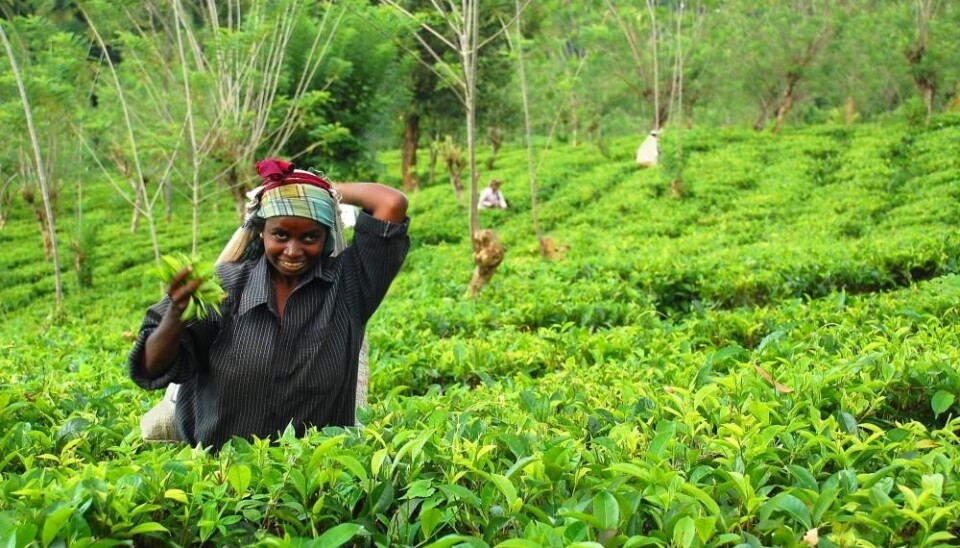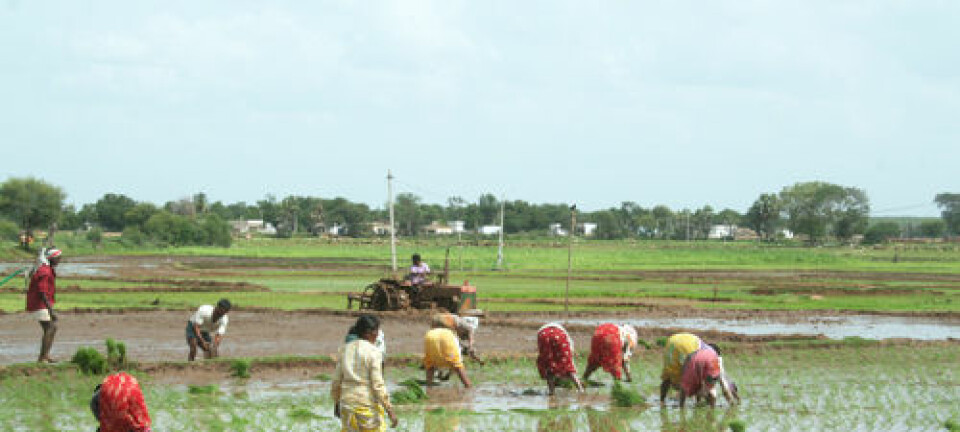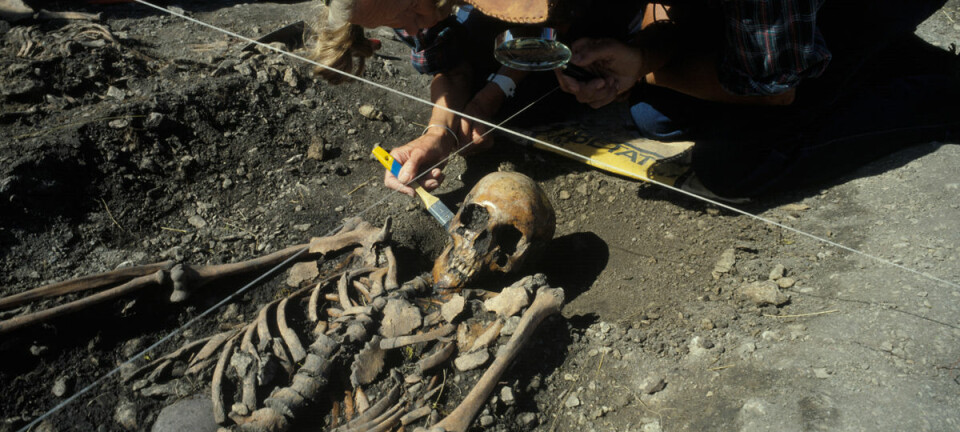
New invention helps reduce pesticide suicides
Pesticides are one of the world’s most common suicide methods. New container makes it difficult to gain access to these deadly substances.
In small grocery stores deep in the Sri Lankan countryside, locals of all ages can buy pesticides to kill themselves with.
The bottles of poison are also within easy reach in many plant breeders’ homes, which is why the pesticides are among the country’s most commonly used suicide methods.
”When you drink pesticides, it paralyzes your breathing and your muscles. If you consume the most hazardous products, you’re unlikely to survive the first two hours,” says Professor Flemming Konradsen, of Copenhagen University’s Department of International Health, Immunology and Microbiology.
”It could be drunken men who are afraid of telling their wives that they’ve spent all their money on alcohol, or it could be a teenage girl with an unwanted pregnancy. They often don’t wish to die – it’s a cry for help,” he says of the thousands of Sri Lankans who every year poison themselves with pesticides.
Pesticides poison three million a year

On a global scale, some three million people are hospitalised every year with pesticide poisoning, according to a WHO estimate from 2006.
The vast majority of pesticide accidents occur in developing countries, and the poisonings are often self-inflicted. According to an article in the scientific journal BioMed, pesticides account for roughly a third of all suicides in the world.
In Southeast Asian countries such as Sri Lanka, India and China, scientists believe that up to 300,000 life-weary people annually take a sip of pesticides and die from it.
Over the past 15 years, Konradsen has been working with researchers from Sri Lanka and elsewhere to try and reduce the number of pesticide suicides. His latest contribution is a maximum-security pesticide container which makes it harder for potential suicide victims to get hold of the hazardous substances.
Elephants can stomp away at the container
“Elephants can jump on it and it won’t break,” Konradsen says of the container, which has been manufactured in 25,000 copies and is currently being tested by 12,000 randomly selected Sri Lankan farmers. (See Factbox)
The pesticide container is made from strong plastic. It has an outer and an inner cover, is waterproof, locked and buried in the ground.
”Only the person who holds the key can gain access to the pesticides. Often it’s the wife who has the key hanging around her neck,” says Konradsen, who has co-authored several scientific articles about self-inflicted pesticide poisoning.
The farmers normally store their pesticides in their houses or in bags outside. This makes them easily accessible in case a family member should become suicidal.
When, instead, the pesticides are buried in a container out in the field, it gets harder for people to get their hands on them.
Container doesn’t solve all problems
The plastic container can, however, not save all suicide candidates.
Chronically ill, elderly, disabled and severely mentally ill people will find other ways of killing themselves if they can’t get their hands on the deadly pesticides.
But the professor’s container can presumably save thousands of those who kill themselves by a sudden impulse, since the poison is so easy to get hold of.
“Many of those who poison themselves with pesticides are people with acute problems, who impulsively attempt to kill themselves. In most cases, they don’t want to die at all,” he says.
Family feuds, incest, violence – and even heartaches or a bad exam result – are some of the triggers that make the last group of suicide candidates impulsively reach out for the pesticide bottle.
“Alternative methods such as over-medication, hanging or drowning require much more planning and have a lower mortality than pesticides,” says the professor.
“International research shows that when access to the most frequently used substances becomes limited, the number of actual suicides is also significantly reduced.”
About 75 percent of all pesticide suicides in Sri Lanka are committed by people who have found the pesticide bottles because they were lying in the house or in the garden, according to Konradsen and his colleagues’ studies.
Farmers welcome pesticide container
Suicide isn’t something that most Sri Lankan farmers think much about.
Many of those who have had the secure pesticide container buried in their field are just grateful that they no longer need to carry pesticide containers out into the field every time they need to spray their plants.
It’s also clear that they’re happy to see the pesticides being taken far away from their children’s reach.
“There’s also no need for them to worry about theft, as the pesticides are under lock and key and buried in the soil.”
To check whether the container can really reduce the number of suicides, the 12,000 selected test families are compared with a group of families who have not had a suicide-proof container for the pesticides.
The researchers also conduct on-going interviews with the test subjects.
The container also has disadvantages
Previous studies indicate that lockers for pesticides can make some Sri Lankans think twice before committing suicide.
But these lockers can be broken into, and since they are usually kept inside the houses, the toxins are still within reach.
With the newer and more secure container, the pesticides won’t even come close to houses and children. However, it’s still not without its disadvantages:
“It’s easy to market the container because an increase in security is attractive to the influential Asian pesticide industry.
"The problem is that the manufacturers can use the container to shift the responsibility of security over to the farmers.”
The industry can also use the container as an excuse for continuing their sales of the most toxic pesticide products.
“Our studies show that it’s always best to find alternatives to the most toxic pesticide types,” says Konradsen.
---------------------------------
Read the Danish version of this article at videnskab.dk
Translated by: Dann Vinther
Scientific links
- "Pattern of pesticide storage before pesticide self-poisoning in rural Sri Lanka", BioMed Central, doi:10.1186/1471-2458-9-405
- "A community-based cluster randomised trial of safe storage to reduce pesticide self-poisoning in rural Sri Lanka: study protocol", BioMed Central, doi:10.1186/1471-2458-11-879
- "The global distribution of fatal pesticide self-poisoning: Systematic review", BioMed Central, doi: 10.1186/1471-2458-7-357








